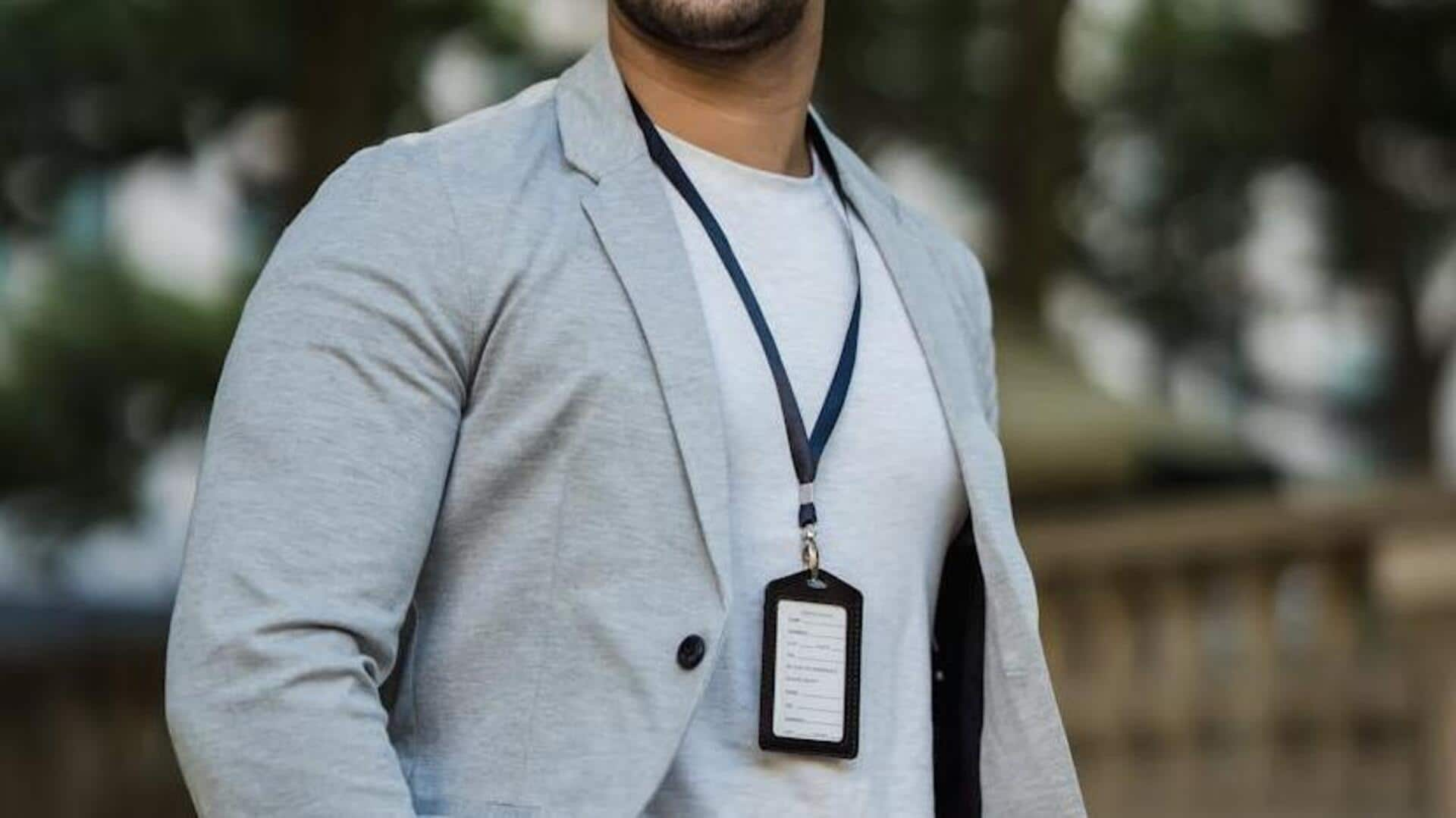
Tips to ace business casuals like a pro
What's the story
The term "business casual" often appears as an oxymoron, puzzling many about its true meaning.
This guide aims to demystify the concept, offering clear insights and practical advice for navigating this dress code with confidence.
Whether entering the corporate world for the first time or seeking to refresh your wardrobe, understanding business casual's nuances is essential for making a positive impression.
Background
Understanding business casual
Business casual is a dress code that blends traditional business wear with a more relaxed style still suitable for an office environment.
It emerged as workplaces began shifting toward a less formal attire policy, yet required employees to maintain a professional appearance.
This balance between comfort and formality makes it uniquely adaptable but also somewhat ambiguous.
Key concept
Key pieces for men and women
For men, business casual means slacks or chinos, a button-down shirt, optional tie, and possibly a blazer or sport coat. Footwear includes leather loafers or oxfords.
Women should choose tailored pants or skirts, blouses, knit tops, or conservative dresses, with closed-toe flats or heels.
The aim is to balance personal style with professionalism, avoiding overly casual items.
Practical advice 1
Dressing for your industry
The interpretation of business casual can vary significantly across different industries.
In creative fields, there's often more leeway to experiment with colors and patterns, while traditional sectors like finance might lean toward conservative choices.
Research your industry norms and observe what colleagues wear to gauge what's acceptable.
When in doubt, err on the side of being slightly overdressed rather than too casual.
Practical advice 2
Seasonal adjustments
Adapting your business casual wardrobe to seasonal changes is key.
Use lightweight fabrics like linen and cotton during summer, and wool and heavier blends in colder months.
Incorporating seasonal colors can refresh your look while adhering to the business casual framework.
This approach ensures comfort, shows attention to detail, and supports your professional image by aligning with industry standards and personal style.